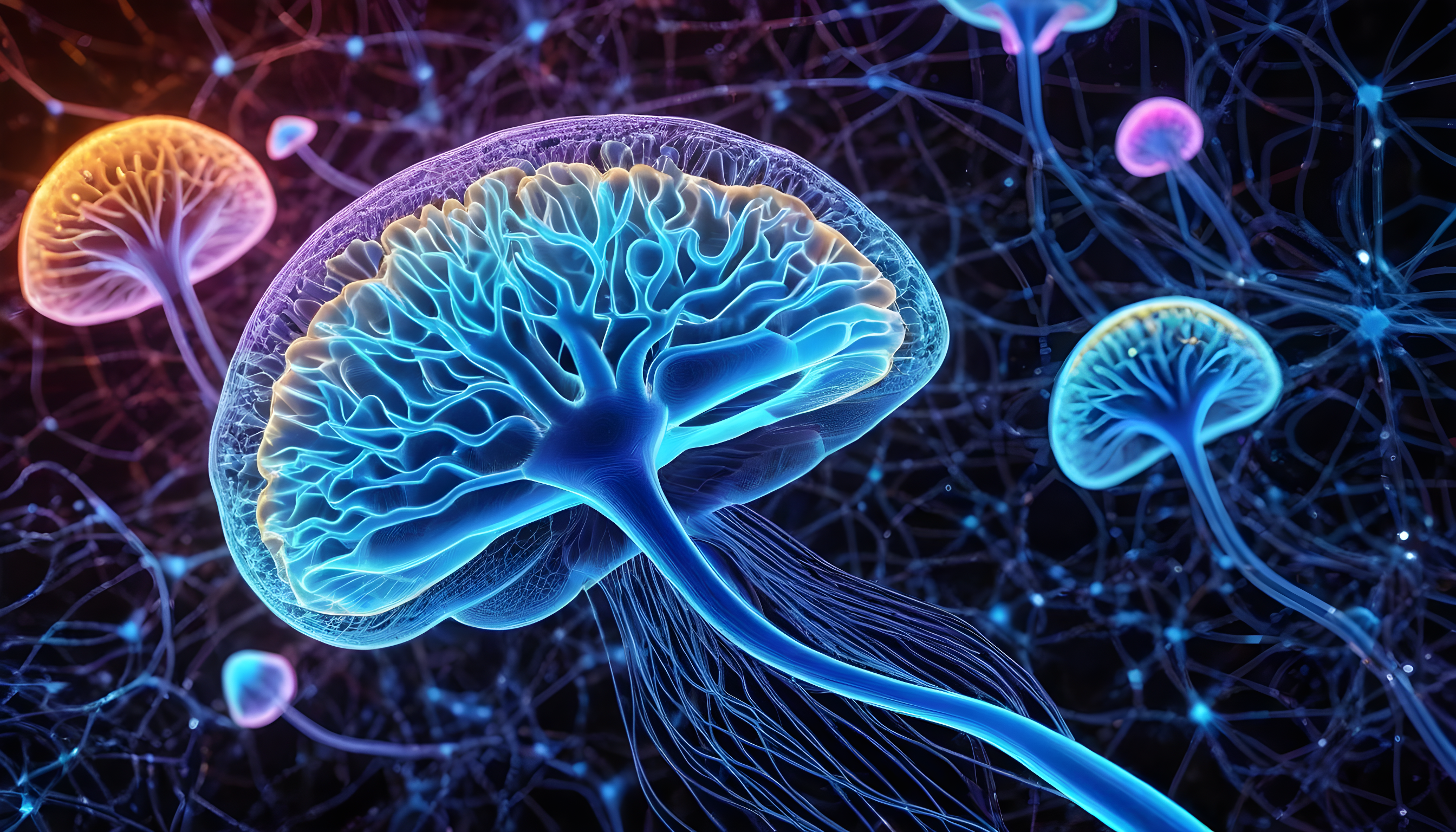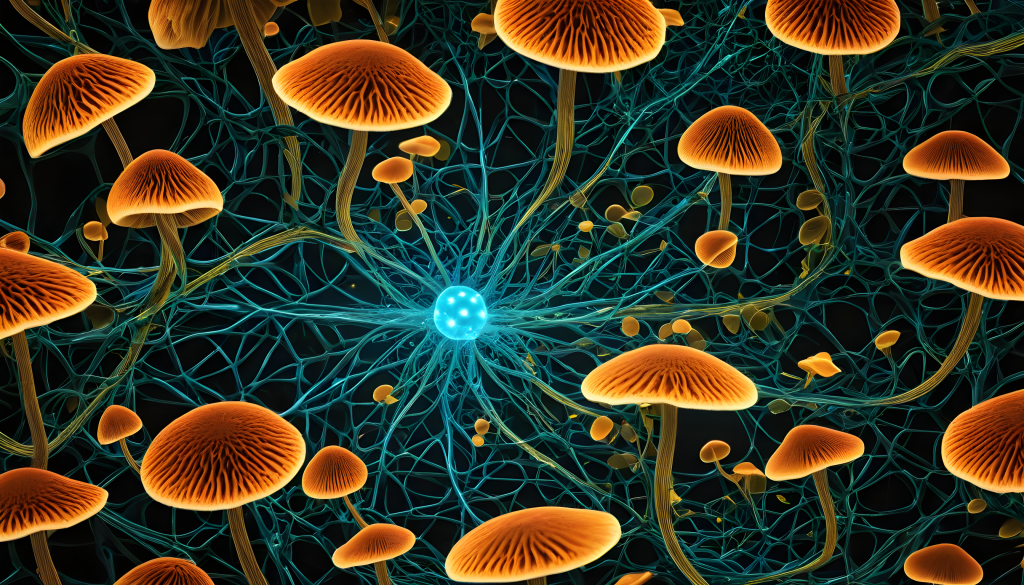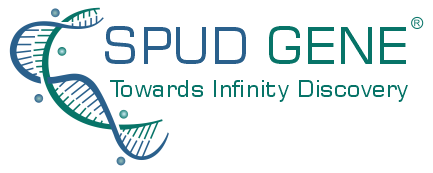

Home » Psychedelice » Therapeutic Effect of Psilocybin on Social Anxiety Disorder
Social Anxiety Disorder (SAD)
Social anxiety disorder, also known as social phobia, is an intense and persistent fear of being judged, negatively evaluated, or rejected in social or performance situations. It goes beyond everyday nervousness and can significantly interfere with relationships, daily routines, work, school, or other activities.
Contents
Symptoms of Social Anxiety Disorder
People with social anxiety disorder may experience symptoms such as blushing, fast heartbeat, trembling, sweating, upset stomach, or trouble catching their breath. The fear and anxiety associated with this disorder can lead to avoidance of social situations and significant emotional and behavioral symptoms.
people who have been diagnosed with social anxiety disorder experience a continuous and deep-seated fear of being observed and judged by others, which significantly impacts their daily activities and relationships with others. These individuals have heightened levels of anxiety in social situations, as they worry about potential embarrassment or humiliation, and they have a strong aversion to engaging in conversations or interactions with unfamiliar people. As a result, they actively avoid situations that trigger their anxiety, such as social gatherings or parties, and they struggle with making eye contact or giving public speeches. Although social anxiety disorder typically emerges during early adolescence, it can also develop in children or adults. The prevalence of social anxiety disorder worldwide varies from 2 to 7%, with certain Western countries, including the United States, Canada, and several European nations, reporting rates of approximately 5 to 12%.

Potential Causes of Social Anxiety Disorder
There are various factors that contribute to the development of social anxiety disorder. These factors encompass:
- Limited socialization: When a person has a limited opportunities for social interaction, they may not have had the chance to develop the necessary skills and confidence to navigate social situations comfortably. As a result, when they do find themselves in social situations, their anxiety levels increase.
- Genetics: Genetics plays a significant role in the development of social anxiety disorder. Research suggests the presence of a hereditary component to the disorder, meaning it can be passed down from parents to their children.
- Overprotective parents: Overprotective parenting behaviour, which involves excessive control, sheltering, and limited exposure to social experiences, has been associated with an increased risk of social anxiety disorder in children and adolescents.
- History of being bullied: When someone is repeatedly targeted by bullies, they may develop feelings of fear, shame, and humiliation. Over time, this can lead to a heightened sense of worry about being judged or negatively evaluated by others.
- Memories of public humiliation: Public humiliation refers to experiences in which an individual is publicly embarrassed, ridiculed, or shamed by others.
Cognitive Behavioral Therapy
CBT remains one of the most researched therapeutic techniques, and many studies have confirmed the effectiveness of CBT in the reduction of symptoms related to anxious behaviors. CBT aims to help those with SAD reduce their personal distress by changing their cognitive and behavioral responses to anxiety.
The aim of therapy is to develop a new network of thoughts and experiences that challenge the old fear-based networks and memories. These goals are accomplished through various mechanisms, such as exposure therapy, where the person is subjected to intentionally disconcerting videos or situations, or using cognitive restructuring, where the way the individual thinks is challenged by the therapist and a new system of thought is developed. Two other popular treatment mechanisms for CBT are social skill training and desensitization. Social skill training teaches skills for social interactions, an aspect that individuals with SAD often lack. The training can take the form of conversation practices, where the therapist demonstrates proper conversation skills and engages in practice conversations with the patient. Desensitization aims to remove the fear that the person may feel in situations by simulating threatening situations in a non-threatening atmosphere. Typically, the patient will develop a rank-ordered list of anxiety-provoking situations with their therapist. Beginning with the least feared situation, the therapist and the patient will simulate an encounter through role play, imagination, or engaging in the feared situation outside of the session. Through the contrived exposure, the patient will face a feared situation in a safe place.
Although CBT for SAD has been shown to be effective, most patients continue to demonstrate residual symptoms and impairments after treatment, and a significant percentage do not respond to treatment at all.

Acceptance and Commitment Therapy
Acceptance and Commitment Therapy (ACT) is a psychotherapeutic approach that aims to enhance psychological flexibility, enabling individuals to effectively navigate their thoughts, emotions, and experiences. The cornerstone principle of ACT is acceptance, which encourages individuals to acknowledge and embrace challenging thoughts and emotions without trying to suppress or control them. By accepting the present moment without judgment, people can develop a compassionate response to their internal experiences. Another important aspect of ACT is cognitive defusion, which involves distancing oneself from unhelpful thoughts by recognizing them as transient mental events rather than fixed reflections of reality. This cognitive shift helps reduce the impact of negative thinking patterns, allowing individuals to engage with their thoughts more skillfully. Being present, another key principle of ACT is centered on mindfulness practices that prompt active engagement in the current moment. By cultivating attention to ongoing experiences, individuals can disengage from worries about the past or future, fostering a deeper connection with the present. This method, encourages individuals to adopt a broader perspective, recognizing that thoughts and feelings do not define their essential identity.
Values clarification is another guiding principle in ACT, helping persons identify core values and principles that hold significance in their lives. This clarity aids in decision-making and taking actions aligned with these values, ultimately fostering a sense of purpose and direction.
ACT plays a crucial role in promoting psychological flexibility by equipping a person with the necessary tools to effectively handle difficult emotions, thoughts, and situations. Instead of trying to eliminate negative thoughts or feelings, ACT focuses on transforming one’s perspective and approach toward these internal experiences. This shift in mindset fosters resilience and enables a person to develop adaptive coping strategies that are vital for successfully solving the complexities of life.

Drug Treatment of Social Anxiety Disorder
Selective serotonin reuptake inhibitors (SSRIs) are often the first choice of medication for social anxiety disorder. Other types of medication that can be effective in treating this disorder include serotonin-norepinephrine reuptake inhibitors (SNRIs), beta-blockers, and anti-anxiety medications such as benzodiazepines. Antidepressants such as SSRIs and SNRIs are commonly used to treat depression, but they can also help treat the symptoms of social anxiety disorder. It may take several weeks for these medications to start working, and they may cause side effects such as headaches, nausea, or difficulty sleeping.
Treatment of Social Anxiety Disorder With Psilocybin
The psilocybin experience can involve intense emotions, memories, and mystical experiences that can result in changes to the personality structure of the individual as well as changing aspects of the brain’s biological system. Another key attribute of the psychedelic experience is the ability of psychedelics to induce neuroplasticity in the brain. Neuroplasticity is defined as the brain’s ability to modify, change, and adapt structure and function throughout life through the modification of cellular and molecular functioning. In a review of studies concerning the biological impact that results in the anxiolytic effects of psychedelics, researchers concluded that a single administration of a psychedelic resulted in rapid changes in plasticity mechanisms of the brain on a molecular, neuronal, sympathetic, and dendritic level. These changes in neuroplasticity are potentially thought to underlie elements of the clinical effects of psilocybin.
studies reveal that a proper dose of psilocybin decreased amygdala reactivity and those decreased amygdala activity during the treatment, also revealed enhanced positive moods in patients. This decrease was associated with decreased levels of rumination in the patients. As hyperactivity of the amygdala is a symptom of social anxiety disorder, this result lends support to the potential beneficial effect psilocybin may have for individuals with social anxiety disorder.
Serotonin receptors are implicated in the pathology of anxiety disorders. In patients diagnosed with social anxiety disorder, PET imaging revealed significantly lower 5-HT1a receptor binding potential in the amygdala, insula, and anterior cingulate cortex. The biological differences in serotonin receptors could be a contributing factor to the negative emotional biases surrounding anxiety disorders. With the ingestion of psilocybin, whose effects are due in large part to serotonin receptors, changes in the limbic circuits implicated in anxiety disorders can result in long-term anxiolytic effects in individuals. The anxiolytic effects of psilocybin seem to occur due to a shift in emotional processing through the activation of 5-HT2a and 5-HT1a receptors.

In a study that employed a double-blind methodology to examine participants’ responses to an experiment involving social exclusion, the persons, who consumed psilocybin, reported that decrease in feelings of social exclusion. These results were accompanied by a decrease in neural responses within two crucial regions involved in the processing of social pain, namely the dorsal anterior cingulate cortex and the middle frontal gyrus.
Moreover, during the memory experiment, when the participants were subjected to psilocybin therapy, distinct areas of the brain associated with sensory and visual processing, which had previously shown reduced activity during memory retrieval, displayed increased activation. This finding implies that psilocybin could potentially impact the brain’s mechanisms of accessing and processing individual memories.
Conclusion

Persons with social anxiety disorder need more effective treatment, as the nature of the illness entails that those with SAD are less likely to seek treatment and make fewer return visits to receive aid. The combination of Psilocybin therapy and ACT can create lasting changes in anxiety and personality traits by inducing neuroplasticity in the brain. Acceptance and commitment therapy is an ideal therapeutic backing for psilocybin psychotherapy as the therapy promotes mindfulness and psychological flexibility, which are beneficial to increasing the anxiolytic effect of psilocybin. The combined attributes of ACT and psilocybin have the potential to have beneficial anxiolytic effects for individuals with SAD.


